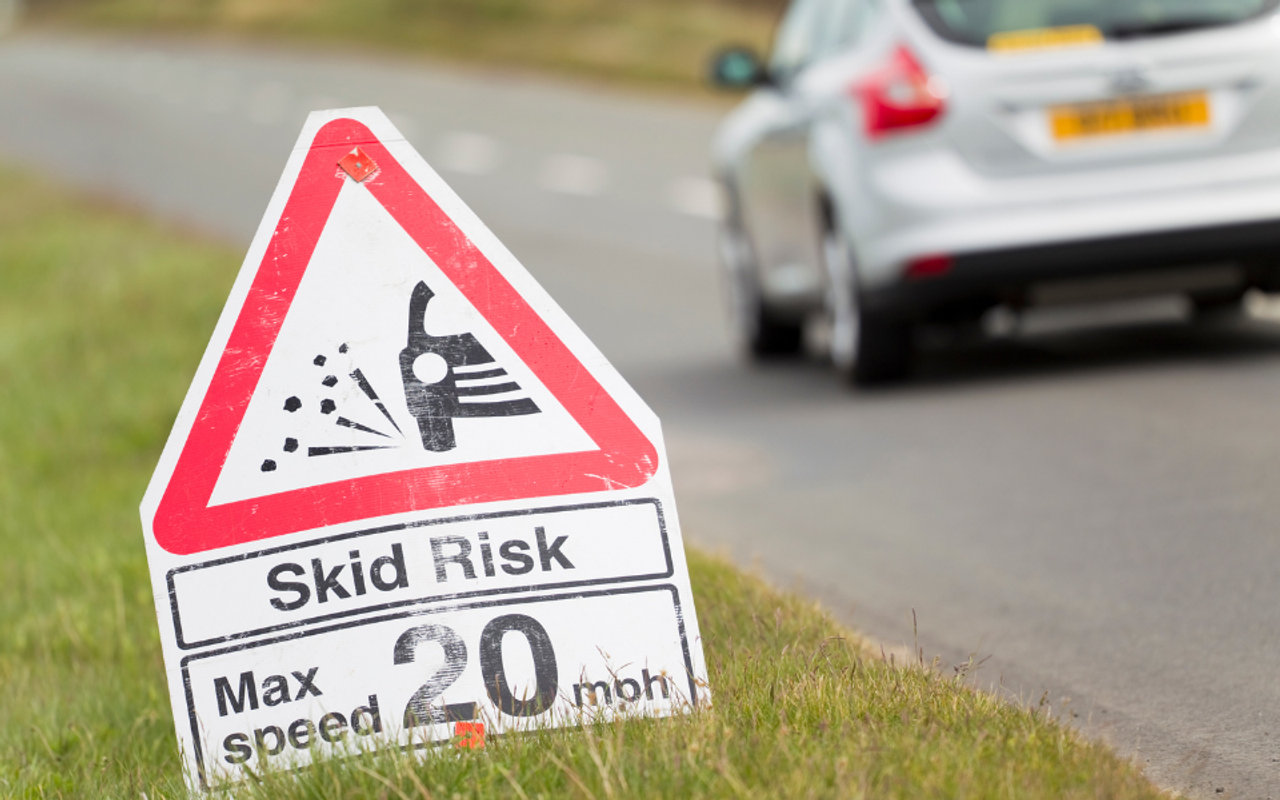Hazard Perception and Prediction
Looking isn't enough, seeing is everything and then doing something with that info
Hazard Perception and Prediction: The Core of Defensive Driving
Every good driver sees what's in front of them. A great driver sees what's coming next. That's the difference between basic hazard perception and the kind of predictive awareness we coach at Driving Masters. In short, it’s not just about reacting, it’s about seeing danger before it develops as taught in our Defensive Driving Course.
Whether you’re a new driver learning the ropes or an experienced motorist looking to sharpen your skills, mastering hazard perception and prediction is essential. It turns you from a reactive driver into a proactive one—calmer, safer, and far more capable.
What Is Hazard Perception?
Hazard perception is your ability to identify potential threats in your driving environment. These hazards might be obvious, like a car stopping ahead, or subtle, like a pedestrian looking ready to step off the kerb. Your job is to recognise them early.
We distinguish between static hazards (things that don’t move like junctions, sharp bends, parked vehicles) and developing hazards (road users who may change speed, direction or intent). The earlier you spot either, the more time you have to choose a safe, measured response.
Hazard Prediction: Seeing the Danger Before It Happens
Where hazard perception stops at seeing, hazard prediction takes it a step further: thinking ahead. We train our drivers to read the scene like a detective. That van parked on a corner? Could be obscuring a child. That vehicle drifting within its lane? Could be on a phone. That green light ahead? Might turn red before you get there.
We use the term "second-degree visualisation" to describe this skill. It means imagining not just the current state of play, but how the scene might evolve. It’s anticipation, not guesswork.
Clues from the Environment
The road is full of tiny signals. Our job is to help you see and interpret them. Here are some environmental clues that can predict hazards:
- Reflections in shop windows revealing movement
- Gaps in traffic queues that suggest a car may emerge
- Cyclists glancing over their shoulder, likely preparing to change lane
- Brake lights on cars two or three vehicles ahead
- Flashing indicators you can see before the car enters your path
These aren’t hidden secrets—they’re visible to anyone paying proper attention. The problem is, most drivers don’t notice them until it’s too late.
Situational Awareness
Situational awareness is the art of constantly scanning, processing, and updating your understanding of the driving environment. It’s mental multi-tasking: your eyes are scanning, your brain is predicting, your feet are ready.
We coach drivers to use a full 360-degree awareness:
- Mirrors every 5-10 seconds
- Peripheral scanning at junctions
- Shoulder checks when necessary
- Noticing what’s approaching from behind, not just ahead
Good hazard perception isn't static. It changes based on location (urban vs rural), time of day, weather, and even your own fatigue level. A quiet road at 9am can present very different risks at 11pm in the rain.
The Role of Speed
Your speed affects your ability to perceive and predict hazards. The faster you go, the less time you have to react. At 30mph, you travel around 13 metres per second. That’s roughly three car lengths every second. Spotting a cyclist a second earlier could be the difference between a gentle adjustment and a hard brake.
We coach drivers to use their speed as a tool—not just to obey the law, but to manage space, visibility, and reaction time. It’s the foundation of good defensive driving.
Common Hazard Scenarios
Here are some real-world situations where strong hazard perception makes all the difference:
- Blind Bends: You can’t see through the corner, but a footpath and high hedge suggest a cyclist or dog walker might be there.
- Busy High Streets: Parked vans, children, deliveries—you slow down and cover the brake.
- Country Roads: Mud on the tarmac? Could be a tractor just ahead.
- Motorways: Slight drift from a car in the next lane? Prepare for them to move without indicating.
Training the Skill
Hazard perception can be learned. In fact, it’s a skill that improves dramatically with deliberate coaching and feedback. Our DMAP 1 and DMAP 2 advanced courses make this a key focus. Through commentary driving, follow positioning, and planned route sessions, we help you build a predictive mindset.
We also use actual hazard scenarios during coaching drives—junctions, merging traffic, rural surprises, and more. You’ll learn to slow your thinking down, process more data, and make smarter decisions under pressure.
Using Technology Wisely
Dash cams, blind spot monitors, and parking sensors can all help—but they’re not a substitute for awareness. Over-reliance on tech dulls your instincts. We teach drivers to use these tools as a supplement, not a crutch.
Linked Resources
Frequently Asked Questions
« Back to Knowledgebase

